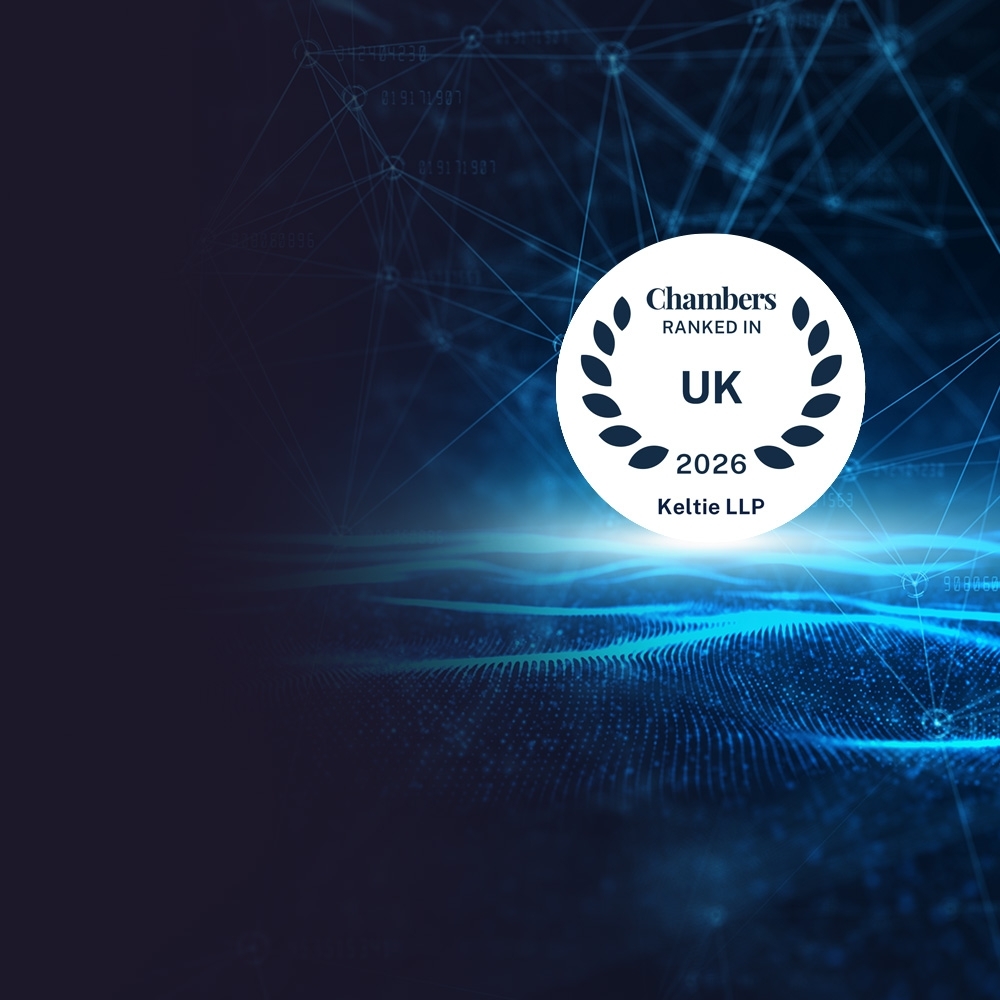23.02.2021
Can patent protection ever be part of an ethical or high moral value business model?
Thank you
Times are changing fast. Society as a whole is (finally, some would say) moving towards a more moral or ethical standpoint on a whole host of important issues, whether that be climate change, social responsibility or animal welfare. How do patents, seen by some as a legal ‘stick’ to beat ‘the little guy’ with, fit in this uprising trend? Can patent protection ever be part of an ethical or high moral value business model?
Patents have a purpose of protecting a person’s or company’s new invention for a given period of time. Some see this as building a metaphorical wall to prevent others getting in and ‘stealing’ their ideas. As this remains the prime purpose of IP rights, it is not wrong, and if used appropriately can have beneficial effects for society in encouraging investment in important research, and continued growth of companies that would otherwise be subject to copying by others.
However, some major multi-national companies have received bad press in the past for alleged mis-use of patent protection, for example charging premiums for patented medicines, or limiting access to advances in environmental protection inventions.
The fact is though, that the type of ‘strong-arm’ patent protection that is often cited in these cases is only one aspect of these rights. More generally, patent rights give the owner control over their invention.
Patents, and indeed all forms of intellectual property rights, may be licensed or sold to others, giving them the right to use the invention on agreed terms. So, far from preventing others from using your new invention or brand, it merely allows you control over who may use it – and who may not. And who’s to say a licence to your patent needs to cost anything? To those to which you choose to grant a licence, this may be given freely or on reasonable terms.
This author has spoken with a number of separate companies over the last couple of months, all of which have been building companies in the environmental or sustainability fields, or have an ethical approach in their corporate governance (‘triple bottom line accounting’ for example, where social responsibility, environmental sustainability and profit are all are all seen as equally important). Each had the initial view that patents were not for them. Rather than preventing access to others using their inventions, they want as many people as possible to adopt the new technology to achieve the ethical or environmental benefits they are seeking to promote.
While it is encouraging that companies exist with such a moral standpoint, my concern is that other companies who wish to operate in the same space, particularly as success comes and profits rise, may not see things the same way.
Without patent protection, well-intentioned companies have no means by which to prevent others from accessing their technology and operating in their marketplace. Others seeking to capitalise on the commercial opportunity, and perhaps without the same moral or ethical steer, may be able to operate with lower overheads. They may even seek their own IP protection limiting the space in which the original company can operate. Such competition may ultimately risk the existence of the original company meaning any ethical control over the technology or service may, ultimately, be lost.
Furthermore, without patent protection it may not be possible for an originator company to stop disreputable companies from making a poor quality version of their invention. This might impact on the original company’s reputation. In an extreme example a new player could put something onto the market which is dangerous and without your own IP you’d be reducing the ability to stop them.
This is equally true for companies who wish to partner or outsource some or all of their technology. The relationship between sub-contractors and commissioned partners can often be helped by clear ownership of IP rights through patent protection. This can have follow-on benefits in terms of maintaining a healthy business relationship.
Add to this the fact that companies with a strong moral or ethical compass still require investment to succeed, it is important to realise that it may be more difficult to secure investment and continue to expand and grow your company without some form of IP protection.
If instead, appropriate patent protection is obtained, and then managed with the same ethical and moral objectives of the company as a whole, then patents and other forms of IP rights may actually provide a more assured long-term existence, and enhanced growth, for these companies.
So having control over the Intellectual Property that a company generates, by way of suitable IP protection, does not mean others are necessarily prevented from benefitting from your efforts to help others or the environment – but it allows you decide how this may be done.
Patent protection provides you with means to allow access to your technology or service to those you who you wish to have it. At the same time, it may be used to prevent those who do not share your world view accessing your technology or services for their own gain, and by doing so perhaps threatening the existence of the company that you have worked so hard to build.
If you would like to discuss further how patents or other IP rights may be used to protect ethical, environmental or socially responsible inventions then please get in touch.

16.10.2025
Keltie Recognised Again in Chambers UK 2026 rankingsKeltie is recognised once again in the Chambers UK Guide 2026 for excellence in Intellectual Property. The firm has retained its UK-wide Band 2 ranking for Intellectual Property: Patent & Trade Mark Attorneys, reflecting our continued strength, expertise and client commitment across the full spectrum of IP services.

19.08.2025
Setting your IP strategy - Part II: Monetisation of IPBusinesses may be deterred from taking steps to acquire IP rights because of the associated costs; however, when acquired strategically, IP rights can provide a substantial revenue stream. Following on from the first article in this series, the following considers how patents, trade secrets, and more may be monetised in practice, particularly in the field of AI.
Thank you